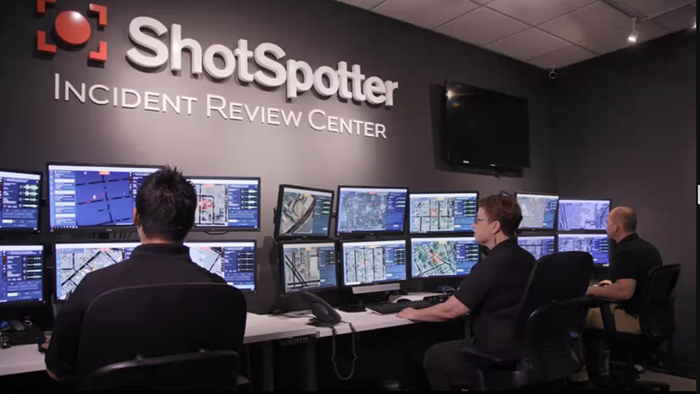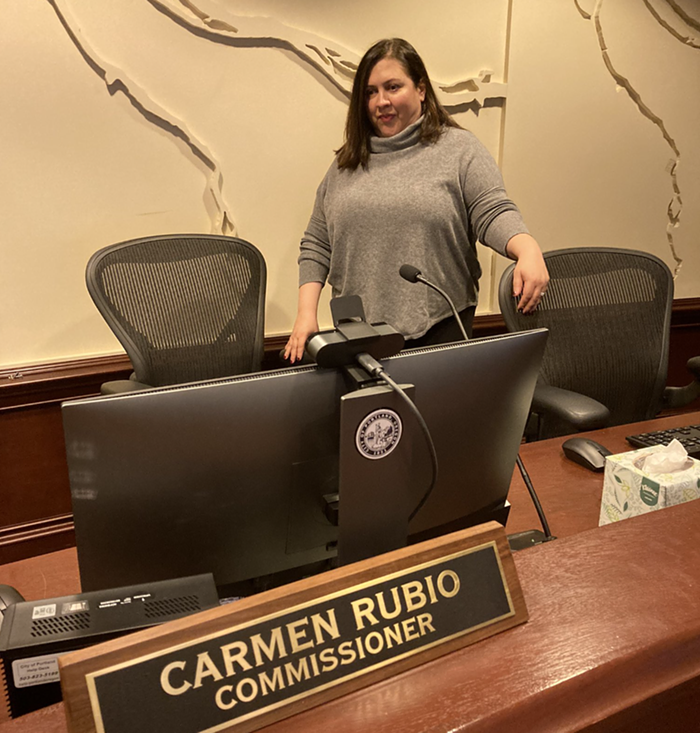THOSE OF US who aren't art-schooled in the subtle and diverse ways of animation are generally conditioned to equate "animation" with "Disney" and that corporation's supple-smooth, big-eyed renditions of characters. Since our most familiar exposure to animation involves such clean-looking (and computer-assisted) lines, it's easy to forget the rough edges and extremely personal flair of more fringe animation techniques.
Johanna Hibbard is a film instructor at Pacific University and animator who's been recognized at such festivals as Ann Arbor, Cinema Texas, Black Maria, New York Underground, and the Charm Bracelet. Her work falls somewhere in the ephemeral sea of paints, collage art, and narrative animation--mediums that could better be described as "motion art" than "motion picture." Hibbard uses soft colors, blurred lines, and thin watercolors to illustrate her films. Her characters are painted simply and the strokes are visible (and sometimes even used as part of the animation), giving a humble and introspective air to her work.
In the seven-minute animated film "Vanilla Egg Cream," a man sees a couple through the window of the pizza joint where he works. He says it gets so hot near the ovens while he's working, and the woman looks as uncomfortably muggy as he is. The film, which uses both collage (magazines, postcards, and the occasional rubber cockroach) and paint, is pieced together so that the viewer gets a feeling of stickiness, like the New York weather in the story; the thickness of the paint and the narrator's accent give it a hot and sludgy continuity. When the story unfolds as a very intimate snippet of three peoples' lives, Hibbard's animation seems even more personal and forethought.
This careful, artistic humility is Hibbard's style, from the motorcycle-tough "Romeo," to the chaotic, Dickens-inspired "Madame DJ," to the sweet, heart-wrenching beauty of "Three Kisses." Narrative-speaking, Hibbard is aware that a seemingly unimportant, postage stamp-size look into someone's life can be just as moving as a grandiose historical epic. Her from-the-heart, brightly colored animation shows that to gloss a film with visual redundance is to miss the endearing, subtle flaws that make humanity tolerable.


















